What makes a place memorable? Is it the food? The people? The culture? The things you are able to make memories in or with is what makes a place stand out.
Landmarks are the places or establishments that remind you of a country, region or city. It is easily recognizable as most of the time, it serves as a guide to travelers and visitors. We all know what Italy is known for in terms of landmarks. However, I feel obligated to share with you the other landmarks that you might have missed.
Here we go!
Colosseum

Okay. This first one is hard to miss. I just wanted to include this here and maybe educate some of my readers?
The marvelous creation is located right in the Center of Rome and completed construction in 80 AD. It is the largest amphitheater ever built and no other amphitheater was able to take its title. It can hold an estimated 50,000 to 80,000 spectators at various points of its history over the centuries. It was originally used for forms of entertainment like gladiatorial contests and public spectacles such as mock sea battles, animal hunts, executions, re-enactments of famous battles, and dramas based on Roman mythology.
Damnatio ad Bestias was also held here during intervals of shows. It is a form of punishment in which those condemned to death would be sent into the arena, naked and unarmed, to face the beasts of death which would literally tear them to pieces.
Over the years, it deteriorated due to various earthquakes but a great part of it still survived. In the modern time that we live in, thousands of tourists visit the Colosseum as it is one of the city’s major attractions. In fact, it is in the New 7 Wonders of the World! Definitely a must see!
Castel del Monte
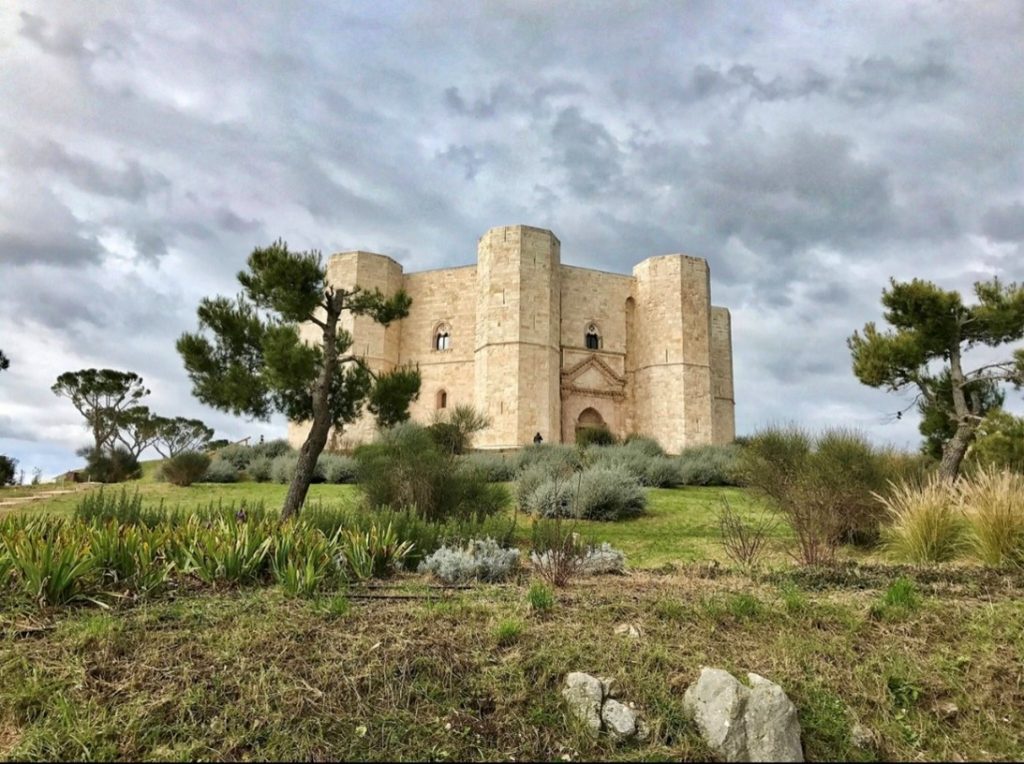
“Castle of the Mountain” when translated to English. This 13th century castle is perched on a hill in Andria in the Apulia region of Southeast Italy. Rumor has it that the castle was never finished and the emperor used it as a hunting lodge as commonly stated. It was then turned into a prison and also used as a refuge during a plague. The original marble walls and columns were stripped by vandals or re-used in constructions.
During World War II, the United States 15th Army Air Force headquartered a secret navigational aid station called Big Fence at the Castel del Monte.
In the 1950s, the soil around the castle was discovered to contain a bright red compound. Scientists’ further development identified a related compound, doxorubicin, that’s used as a chemotherapeutic agent to treat cancer.
In 1996, Castel del Monte was named a World Heritage Site by UNESCO, which described it as “A unique masterpiece of medieval military architecture”.
Duomo di Orvieto

The 14th century Roman Catholic cathedral was constructed under the orders of Pope Urban IV to commemorate and house the Corporal of Bolsena. The said miracle, which occurred in 1263 in the nearby town of Bolsena, happened when a traveling priest who had doubts about the truth of transubstantiation saw that his Host was bleeding and it stained the altar cloth. The cloth is now stored in the Chapel of the Corporal inside the cathedral.
Duomo di Milano
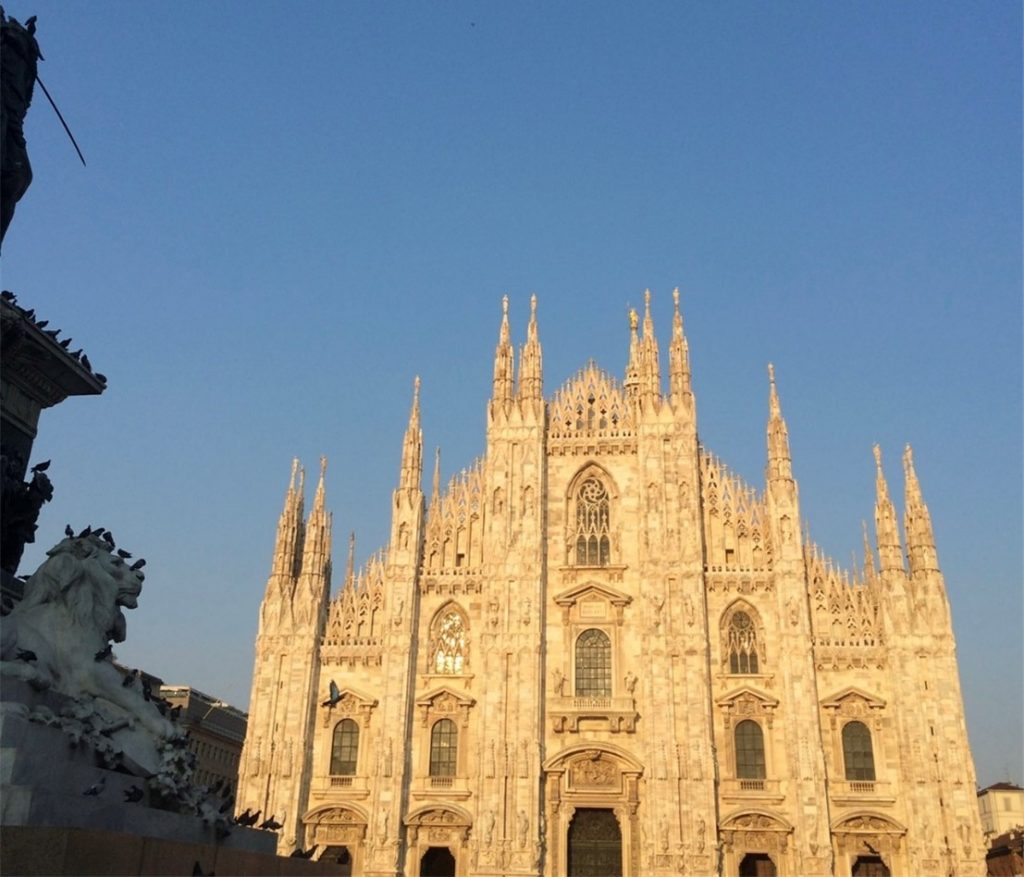
It took nearly six centuries before this completion of this cathedral. The construction started from 1386 to 1965 and the result of that is Milan Cathedral is named the largest church in Italy. During the years of construction, there were almost 80 architects and engineers involved in the process.
What’s striking about this cathedral is that the roof is open for tourists! Just pay the fee and bask in the wonderful views Milan has to offer. Another upside is that this is just two minutes away from the Royal Palace of Milan.
Galleria Sciarra
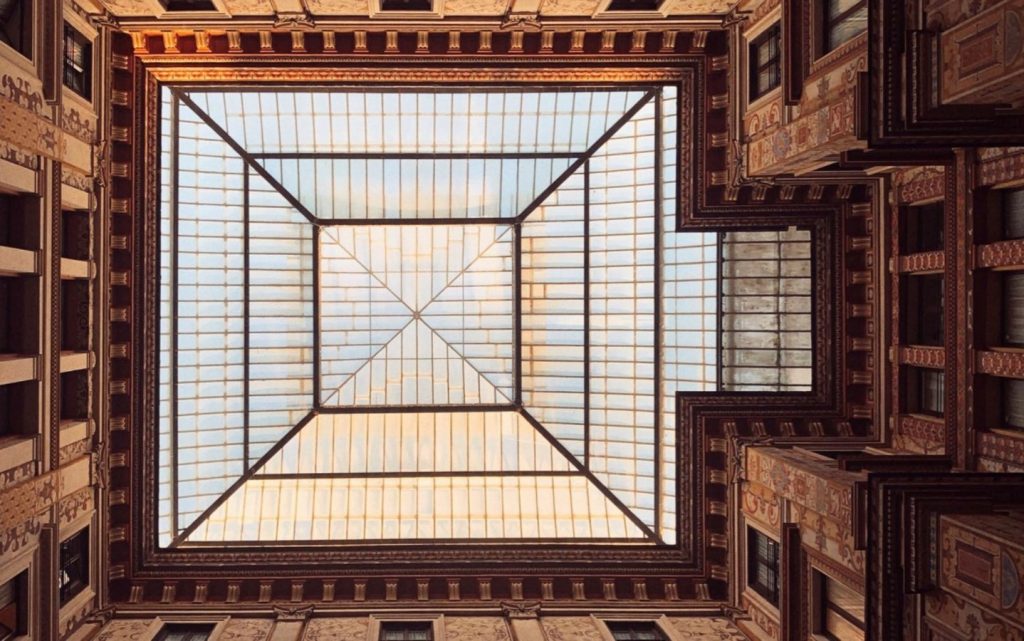
This hidden art courtyard is just a few steps from the Trevi Fountain in Rome. It was established somewhere between 1885 to 1888 for the wealthy Sciarra family. The Gallleria Sciarra’s walls are adorned with Giuseppe Cellini paintings celebrating the “Glorification of Women”. It was originally meant to be a shopping mall.
This hidden gem can easily be missed or walked past, but on your upcoming visit, be sure to use your smartphone for smart reasons. *wink* Or simply do it the old-fashioned way, ask. You wouldn’t want to miss it.
Piazza del Campo
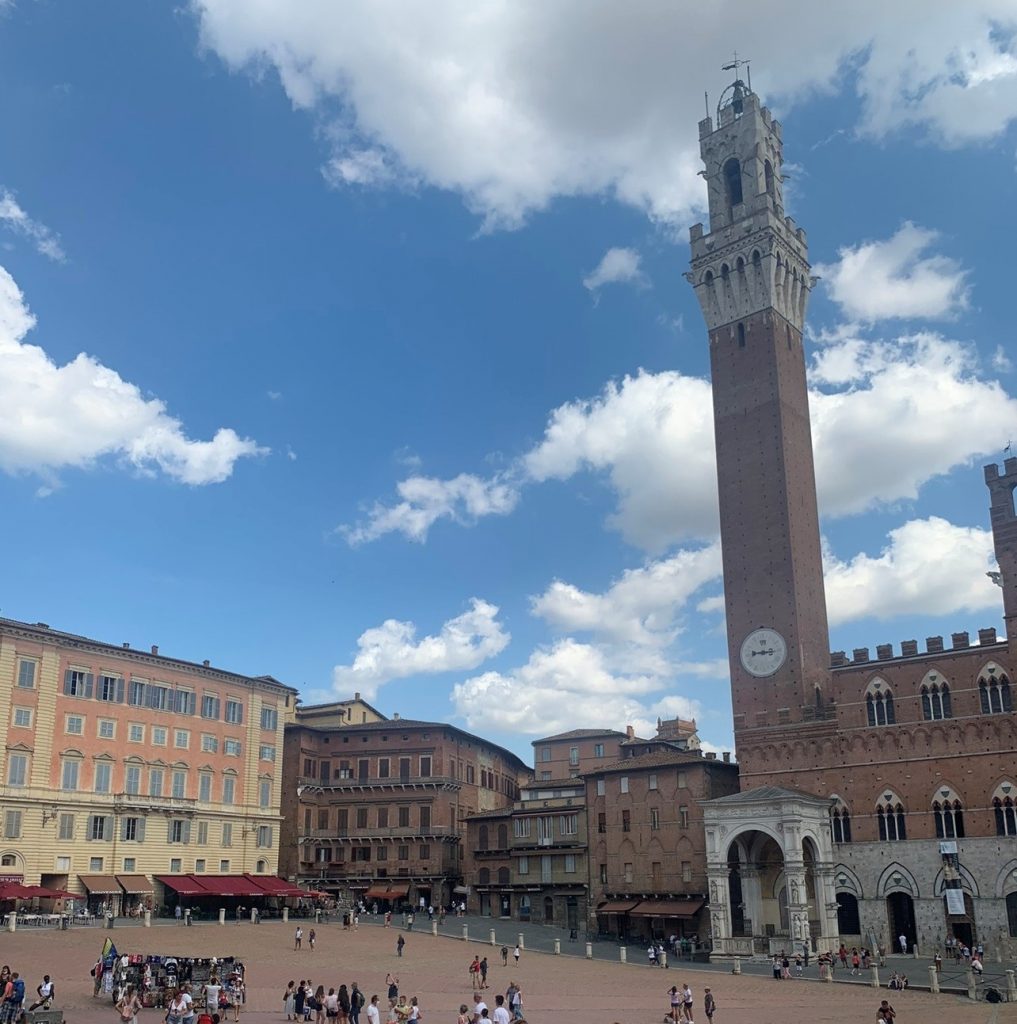
The wide-open square in Siena, Tuscany was a marketplace during before the 13th century. In 1349, it was paved with red bricks shaped like a sea shell. It was divided into 9 sections. The number of divisions symbolizes the rule of The Nine (Noveschi) who laid out the campo and governed Siena at the height of its mediaeval splendor between 1292-1355. The Piazza del Campo is the center of eleven narrow streets that radiate into the city. It’s amazing that it looks like the sun.
Ponte Vecchio
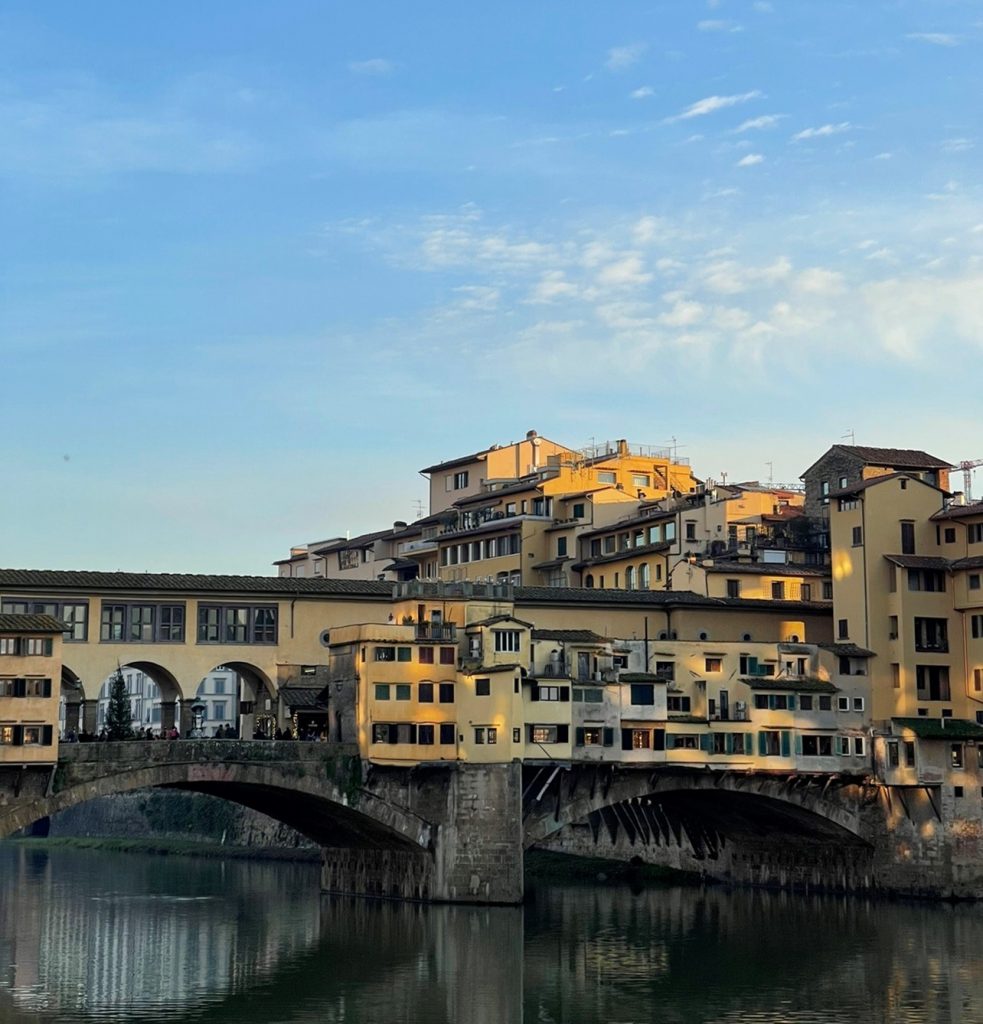
It’s literal translation, “Old Bridge”, is a medieval stone closed-spandrel segmental arch bridge over the Arno River, in Florence, Italy. The first recording of this bridge was in 996 but was destroyed in a flood in 1117. The bridge is made up of three segmental arches: the main arch has a span of 30 meters, the two side arches each spanning 27 meters.
Between 2005 and 2006, 5,500 padlocks, which was known as the love locks, were attached to the railings around the bust of Cellini. They were eventually removed by the city council because for them the padlocks were aesthetically displeasing and damaging to the bust and its railings. You can see love locks being attached to bridges by lovers all over the world.
Positano
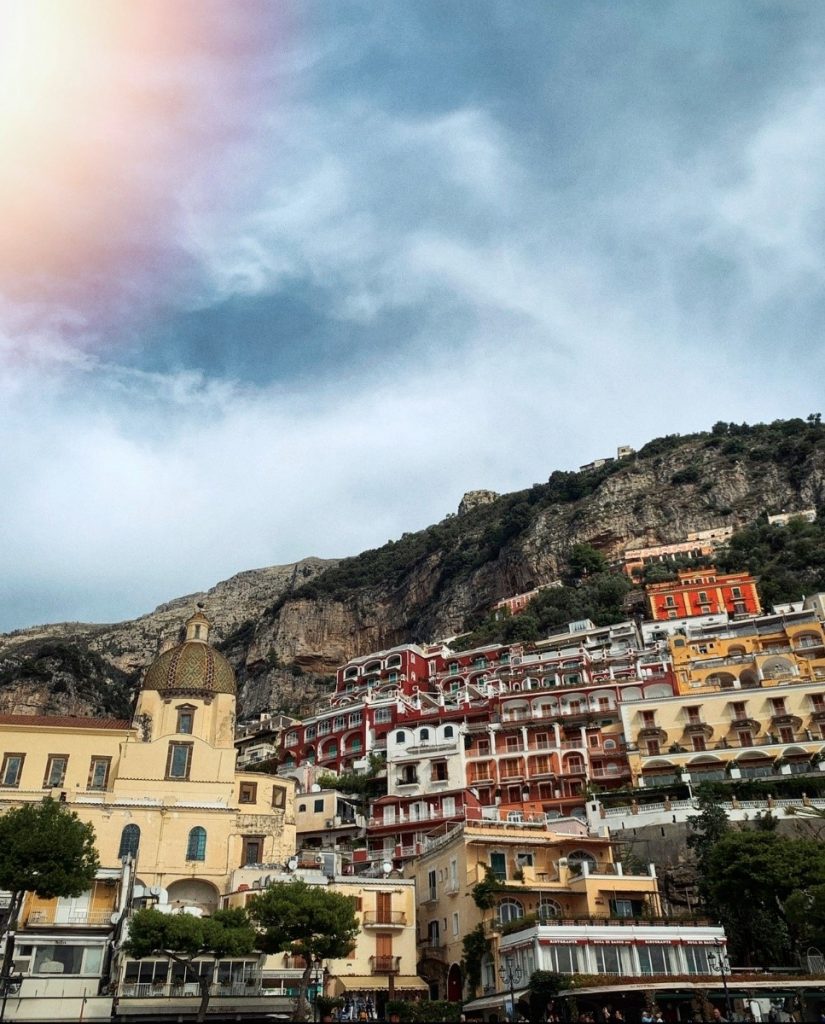
It is a popular holiday destination for its charming cliffside village in the Province of Salerno. Positano was a relatively poor fishing village during the first half of the twentieth century. It only began to attract large number of tourists in the 1950s when an essay was written about it in Harper’s Bazaar.
According to local legend, a thirteenth-century Byzantine icon of a black Madonna had been stolen from Byzantium and was being transported by pirates across the Mediterranean Sea. A storm had blown up in the waters opposite Positano and the frightened sailors heard a voice on board saying “Posa, posa!” (“Put down! Put down!”). The icon was unloaded and carried to the fishing village and the storm subsided.
I hope that you won’t miss any of these landmarks on your future visits to Italy. So much history and culture are imbibed into them that by going there, it may feel like you are experiencing history first-hand. As the Italian saying goes, La vita è un viaggio. Chi viaggia vive due volte!
